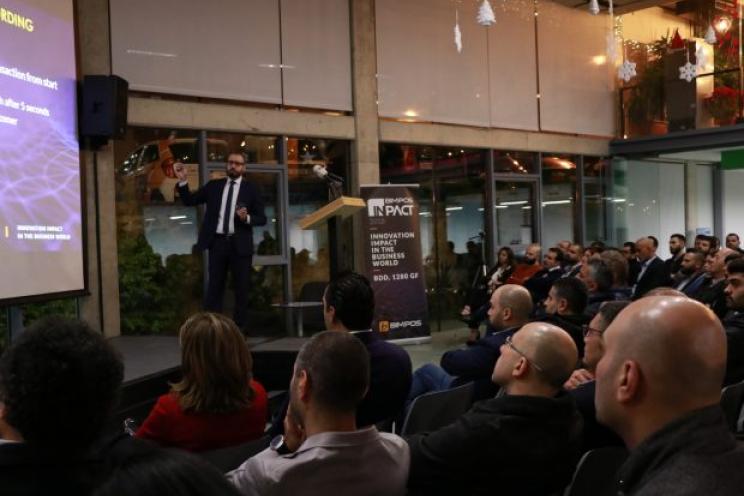1. Accounting and ERP software
This is really the bare minimum that any modern POS system should do. Today, there’s simply no excuse for shuffling through reams of paper receipts in order to balance the books.
Ideally, a good POS system will have its own built-in accounting system, but if it doesn’t, it at least needs to be able to integrate with external finance and accounting applications.
In fact, your POS should also feature a comprehensive enterprise resource planning (ERP) module, allowing you to better optimize all aspects of your operations.
2. Provide comprehensive analytics and reporting
Data is king, and a smart POS system allows you to capture tons of it. But a great POS system should do more than just collect data: it should be able to provide you with comprehensive, insightful analytics based on that data.
What are your customers’ favorite items? Which items are most profitable? Which items are moving the least? Which of your employees is best at upselling? Which of your ingredients are about to expire?
Your POS should be able to answer all these questions – and many, many more – instantaneously. If it can’t, you’re missing out on some truly business optimizing insights – and your bottom line could be suffering.
3. Manage inventory in real time
Let’s say you’re a restaurateur who’s always on top of inventory: you keep a close eye on all the products and ingredients in your kitchen. But then your supplier shows up one afternoon to take your order, and while you might have checked inventory in the morning, you had an unexpected rush just an hour or two earlier. Your supplier needs your order now, and you don’t have an up-to-date report.
It’s a recipe for potential disaster – and a recipe you probably won’t have all the ingredients for!
If you don't have integrated real-time inventory module, one thing’s for sure: inventory is probably one of your biggest headaches. Even with the utmost diligence and continuous inventory checks (a huge waste of time and manpower), you’re still going to run into problems.
Maybe they won’t be as critical as KFC’s recent inventory disaster, when they ran out of chicken, and then gravy, across most of their UK outlets – leading them to close around 600 restaurant branches for several days – but it’s still something that can largely be avoided with a smart POS.
4. Serve as a comprehensive, intelligence CRM platform
Customer relationship management, loyalty marketing, managing complaints, customer SMS and email shots… your POS should handle all of it.
A smart POS allows you to connect more effectively and resonantly with consumers, by using comprehensive data, reporting, and insights to engage more meaningfully.
Hosting a special promotion on a new item? Target customers who love similar products.
Looking to increase in-store spending? Find out how to build loyalty schemes that keep your customers coming back for more.









